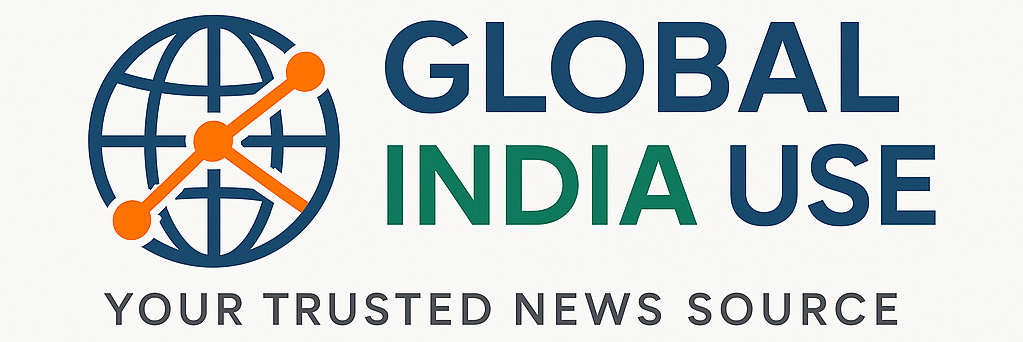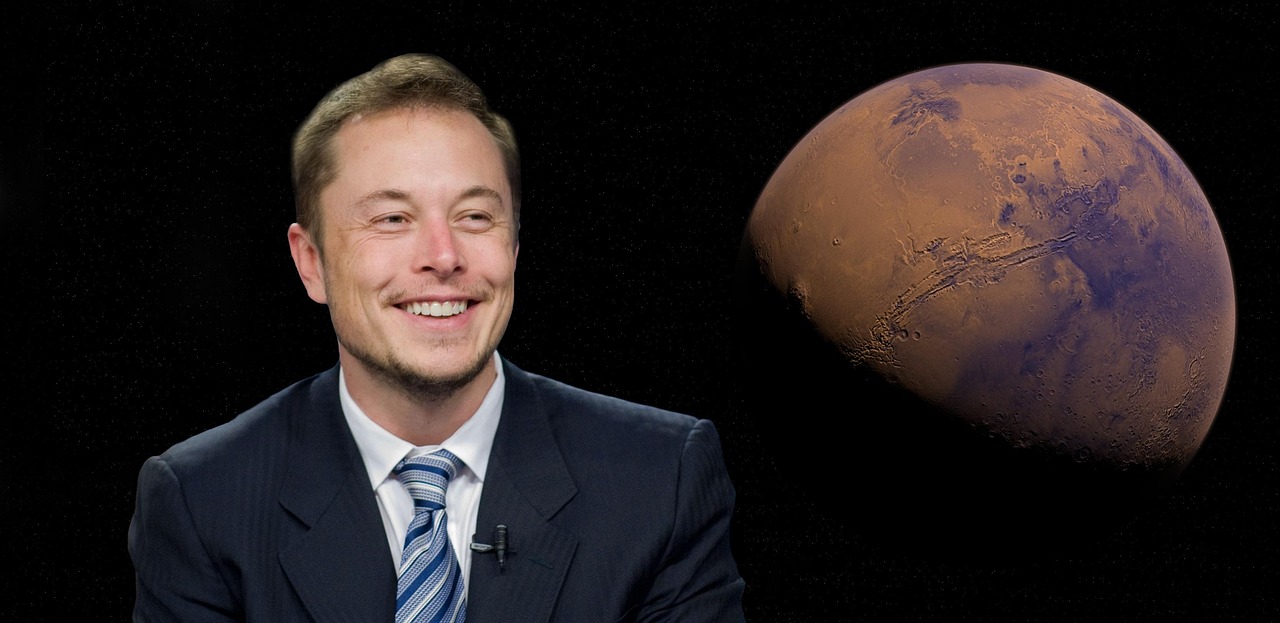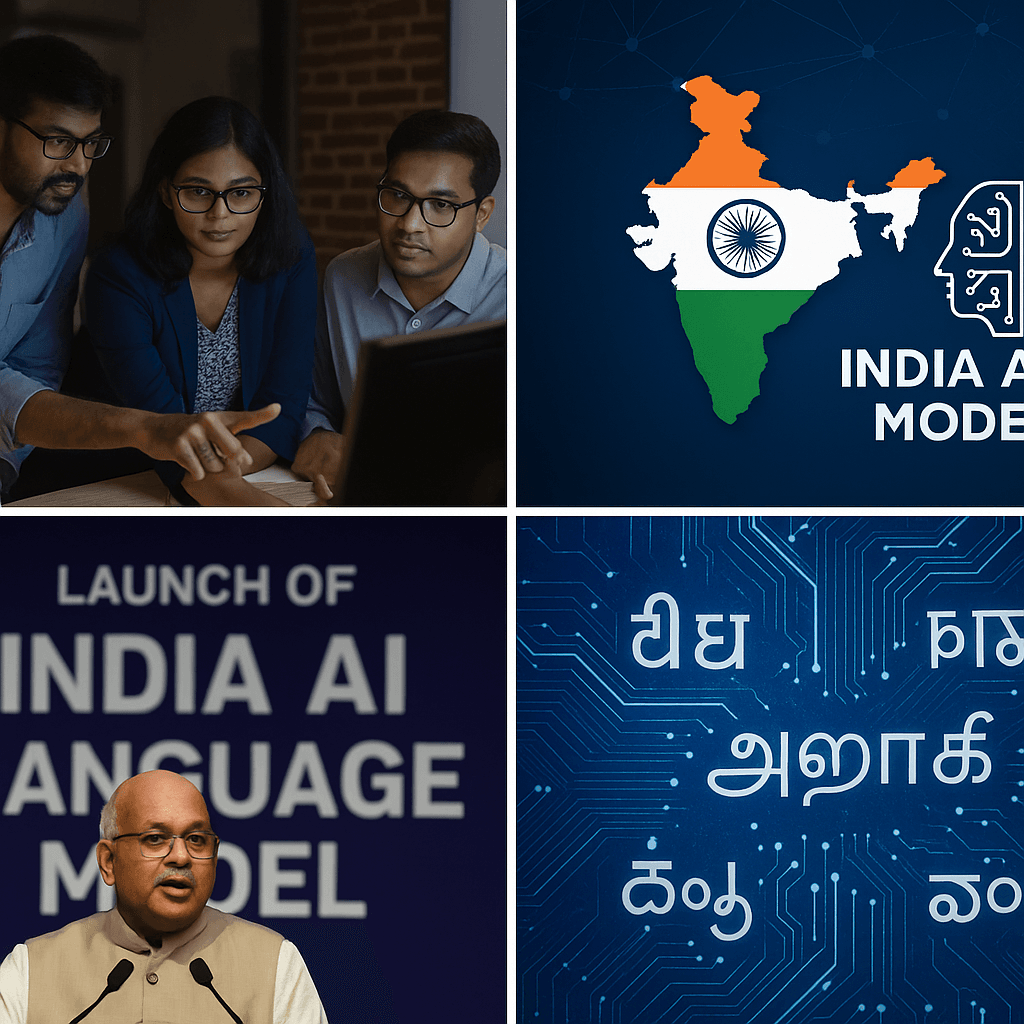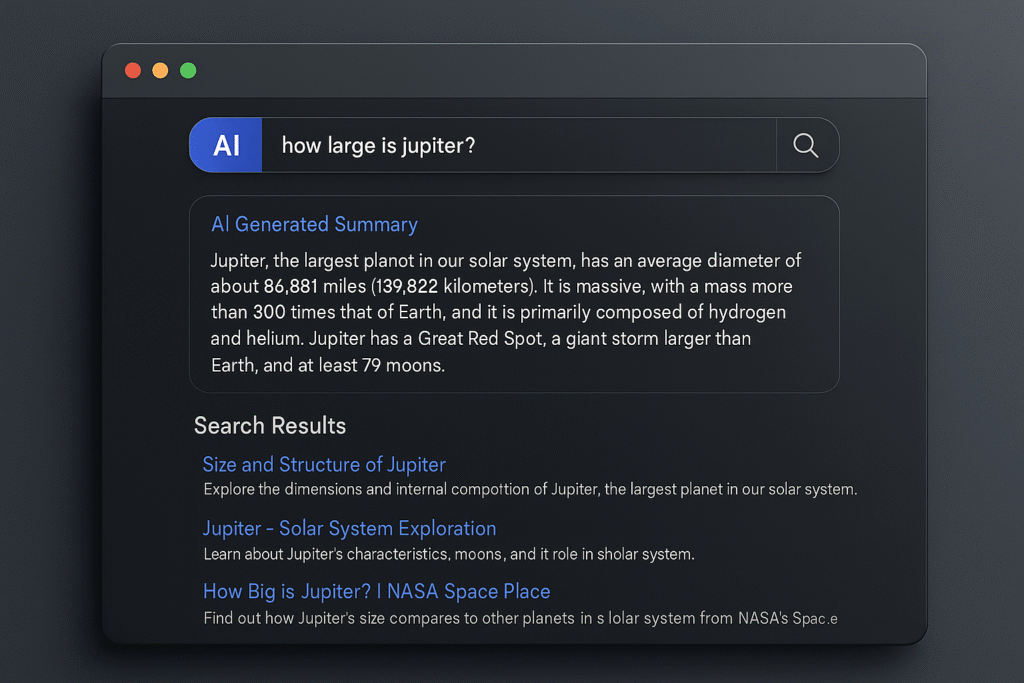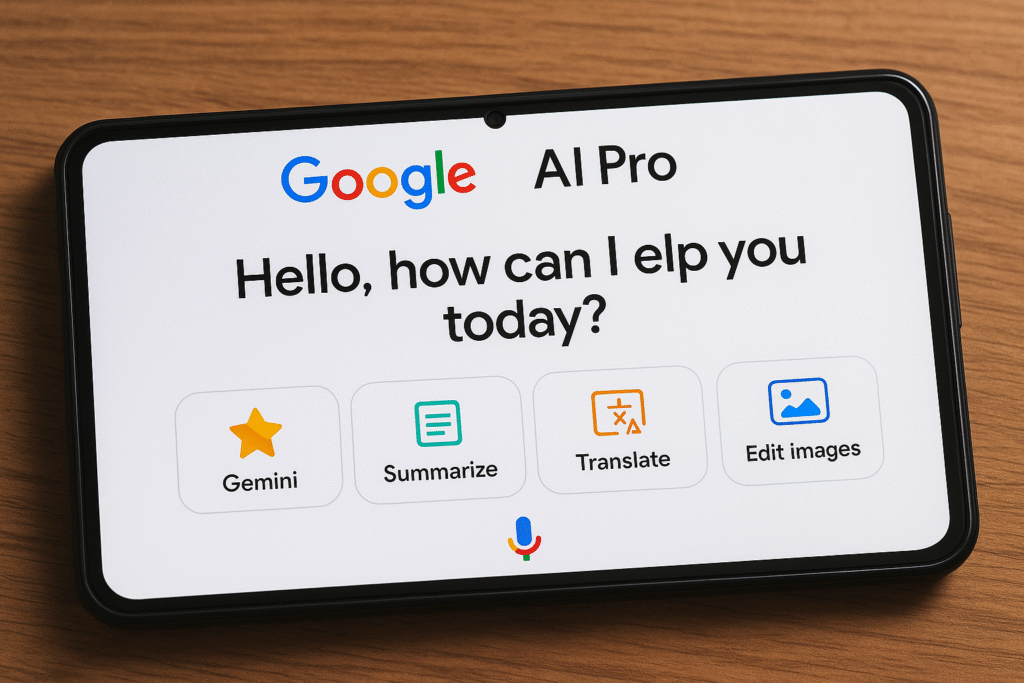Intel’s Foundry Future Hinges on Securing a Key Customer for Its Next-Gen Chipmaking Tech
Intel foundry customer search is now central to the company’s future. Intel is betting big on its cutting-edge “18A” chipmaking technology — but none of it will matter if it can’t convince a major customer to use it.
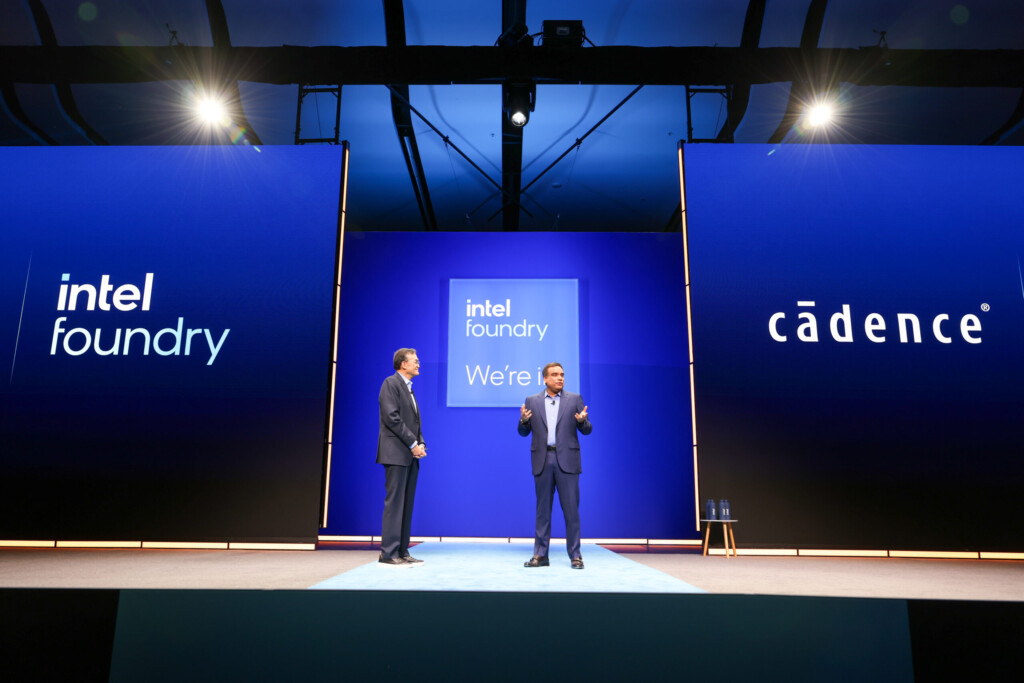
At the heart of this shift is the next-gen “18A” node, a process that could rival, or even surpass, TSMC and Samsung. But innovation alone isn’t enough. Success now depends on landing a significant external client.
What’s at Stake if Intel Doesn’t Secure a Foundry Customer
Intel’s foundry business, rebranded as Intel Foundry Services (IFS), is meant to compete globally and challenge Taiwan’s near-monopoly on contract chipmaking. The company has invested billions in fabs in Arizona and Ohio, but as the concrete dries, pressure is mounting.
No big customer means no guaranteed demand. No demand means no revenue to justify the costs.
Intel has reportedly pitched its 18A tech to everyone from Apple and NVIDIA to Qualcomm and Amazon, but so far, the big names haven’t made anything official. Rumors have swirled about possible design commitments, but nothing has gone public.
Why Intel Foundry Customer Interest Matters for 18A Chip Rollout
The 18A process is Intel’s most aggressive node yet — promising smaller transistors, better performance-per-watt, and, importantly, a faster timeline than expected. CEO Pat Gelsinger has called it “our moonshot moment.”
Unlike traditional nodes, 18A uses RibbonFET and PowerVia — technologies that improve both efficiency and density. In a world driven by AI, cloud, and edge computing, chips made on 18A could lead to performance gains that matter.
But that edge is only useful if someone else wants to build with it.
The Bigger Picture: Why an Intel Foundry Customer Matters Globally
The U.S. government is backing Intel with CHIPS Act subsidies, hoping to restore domestic semiconductor independence. But Washington can’t manufacture demand — it can only create the conditions for it.
If Intel lands a big client, the company’s foundry vision might finally become reality. If not, the 18A node might become an expensive proof of concept, rather than a commercial breakthrough.
For now, all eyes are on who signs on the dotted line.
May You Like Also
UK Fighter Jet Finally Set to Leave India After 5-Week Stay
India to Launch NISAR Satellite on July 30 It Is Not Just a Space Story

